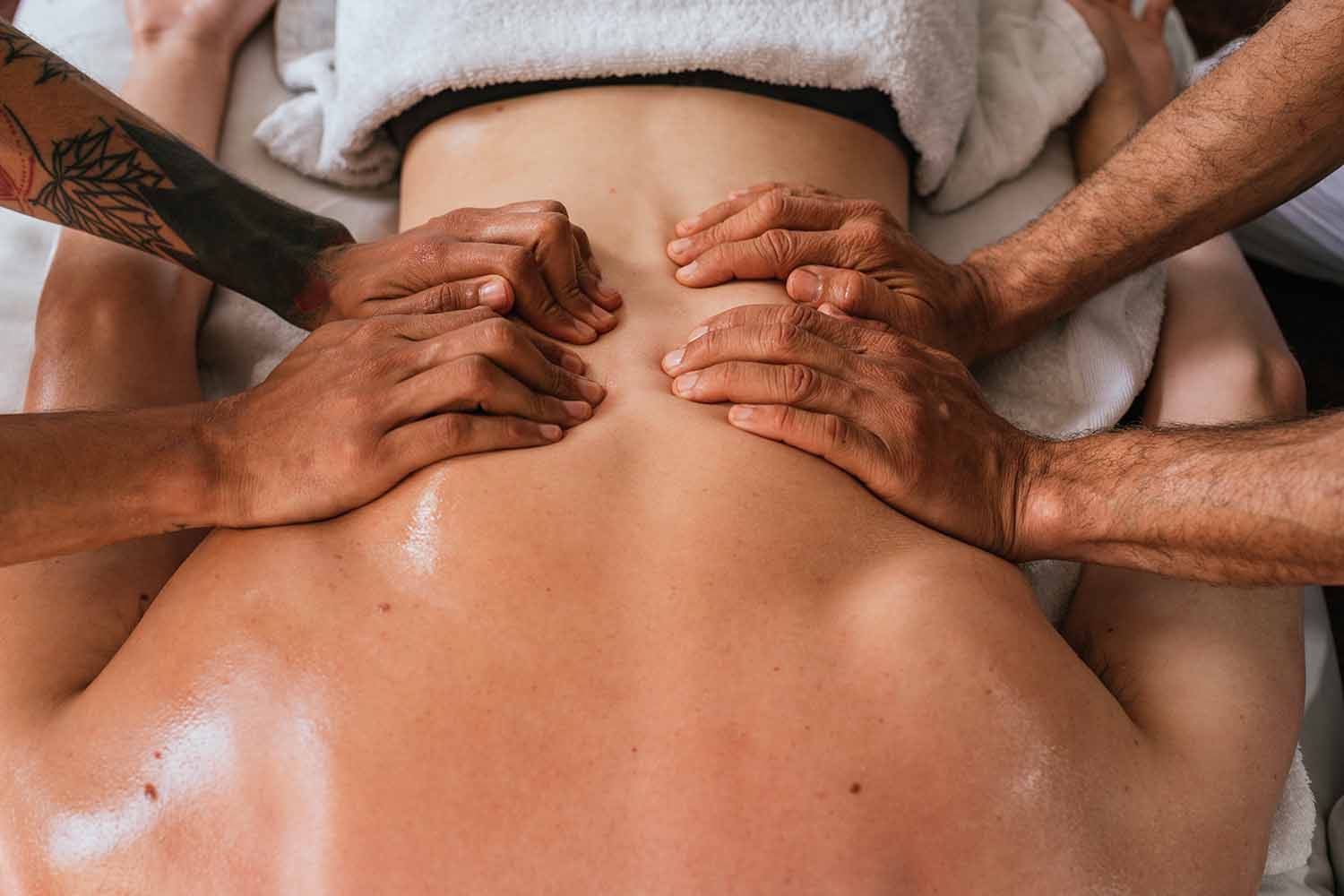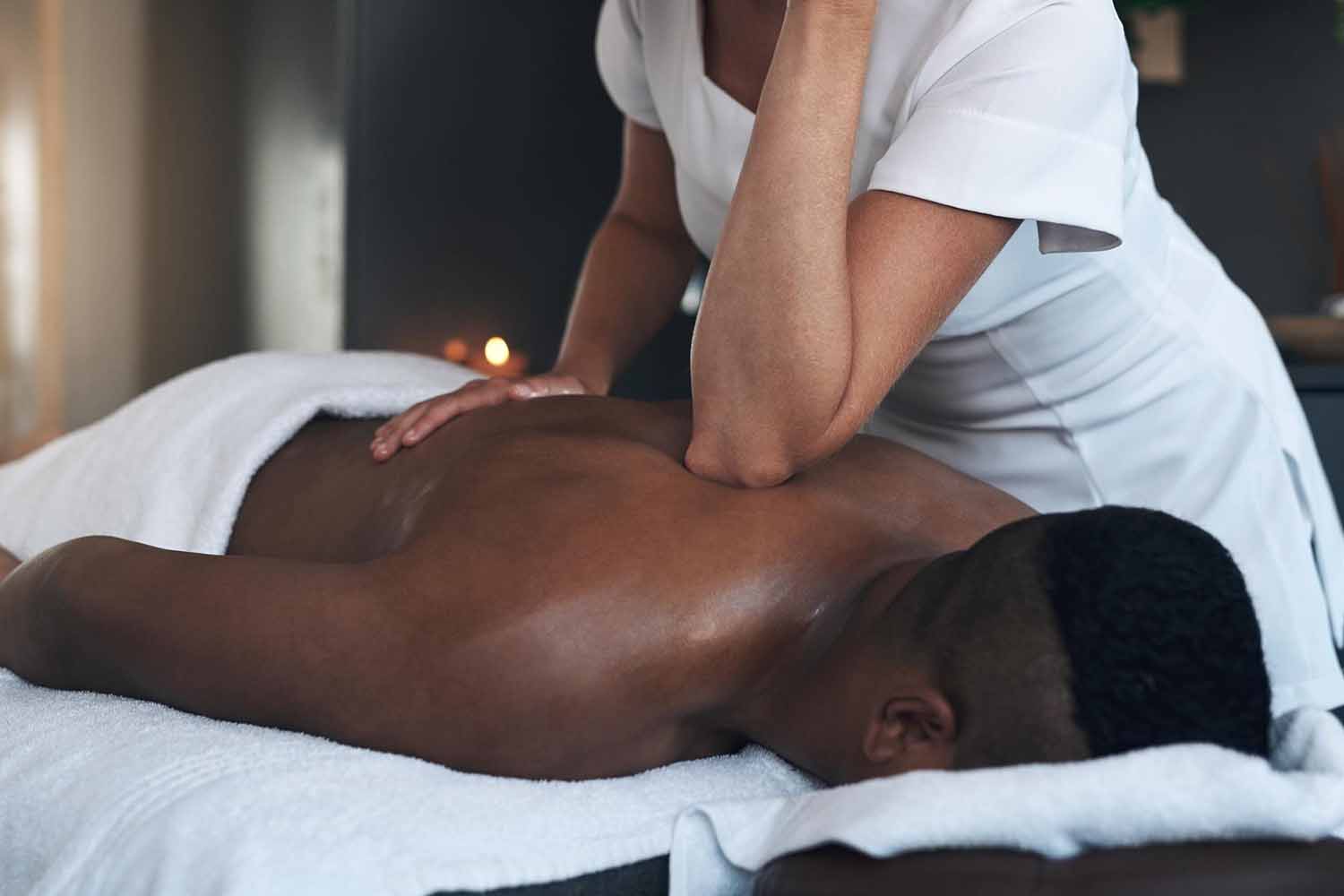Tendons are vital in bonding muscles to bones, allowing for movement and providing a sense of stability. Constant use and stress on tendons will cause the development of painful conditions, which in most cases lead to injuries. The therapeutic effects of massage have been observed for a long time, and today this method has become an essential measure for tendon conditions and for preventing injury. There are many benefits of massage, as it helps to relieve pain, improve circulation, and promote recovery.

The Importance of Tendons in Movement
The movement in our body becomes possible due to tendons that connect muscles to bones, so we can perform our daily activities. The tendons are stressed a lot by repetitive movements, and mostly in high-intensity activities. This may cause overuse injuries where the tendons get damaged after being exposed to pressure over a long period of time without rest. It is urgent to recognize the importance of tendons and implement prevention steps, and massage therapy is one of the best ideas to maintain tendon health.
Overuse Injuries and Tendonitis
Micro-tears of the tendon fibers can occur as a result of repetitive movement. Without being dealt with accordingly, this may lead to inflammation, pain, and limited movement. Repetitive strain leads to tendonitis, a condition where tendon fibers undergo micro-tears, leading to inflammation and pain. [1]
It is especially widespread among sportsmen, athletes, or imperfoids who have to perform physically hard work regularly. With time, such tendons overuse and do not recover adequately, which may lead to chronic diseases that are impossible to heal.
Massage therapy can be one solution for keeping tendons healthy, avoiding circulation, flexibility, and tension that accumulates from overuse.
The Benefits of Massage for Tendon Health

1. Enhanced Circulation
Massage therapy does miracles in augmenting the circulation of blood to the muscles as well as tendons. Improved circulation also leads to the fact that additional oxygen and other essential nutrients are better distributed to the tissues, which stimulates the faster process of healing and recovery. To the person who has tendonitis or other tendon-related injuries, the improvement of the blood circulation can serve as a method of reducing inflammation and accelerating the healing process. Massage therapy is essential for improving circulation, which aids in faster recovery and reduces tendon inflammation.[2]
2. Muscle Relaxation
Overuse injuries frequently have muscle tension. Tightened muscles have the potential to place additional pressure on tendons, which increases the possibility of getting injured. Massage makes the tight muscles relax, and thus the strain on the tendons is decreased. Massage therapy may also increase the overall flexibility and consequently minimize the risk of overwork injuries in the future by relaxing muscle tensions.
3. Improving Flexibility
The main strategy in avoiding tendon injuries is maintaining flexibility. Injury is likely to affect tendons when they lack elasticity. The flexibility of muscles and tendons could also be achieved through regular massage, which grants a wider range of movement. This is especially effective on sports persons who need their activities to be fully flexible and movable.
4. Pain Relief
The capacity to reduce pain has to be among the most popular benefits of massage. Tendonitis or any other related illnesses; massage may be an effective treatment technique since it manipulates any trigger points of the body. Massage also improves scar tissue and pain through the breakdown of the involved muscles and tendons, enabling a quick restoration to everyday life.
How Massage Prevents Overuse Injuries
Here we’ll discuss how massage works for preventing overuse injuries:

1. Faster Recovery
Competitors and sports enthusiasts tend to strain their bodies to their maximum, creating a greater risk that tendons will be overused. A massage is essential in assisting the body to heal at a higher rate, as it reduces tension and stiffness in the body. Muscle stiffness and soreness can be avoided with post-exercise massage, which is used to eliminate the accumulation of lactic acid. Massage prevents overexpression injuries because it aids in the recovery of muscles.
2. Preventing Long-Term Damage
The massage therapists are also trained to detect tight or swollen parts of the body. Through frequent guidelines of massages, people can intercept possible problems before they develop into severe injuries. For example, a stiff muscle or an inflamed tendon may be treated early by massage and will not degrade into an incurable condition.
3. Reducing Strain on Tendons
Massage aids in avoiding strain to the tendons because the muscles and the tendons remain well-circulated and rich in flexibility. The stress is passed to the tendons once the tension accumulates in the muscles, and the tendons are thus exposed to tears and injuries. With the use of frequent massage as part of a routine, people may minimize the possibility of strained tendons because of repeated activity.
Types of Massage Beneficial for Tendon Health
There are also various massage elements that are especially helpful in boosting tendon wellness and avoiding overuse injuries.

- Deep Tissue Massage: This is the massage that aims at reaching deeper layers of muscles and connective tissue. It is especially great at treating long-lasting stiffness of the muscles and tendons. Deep tissue massage targets deeper muscle layers and can help prevent tendon injuries by reducing stress and improving flexibility.[3]
- Sports Massage: Sports massage is categorized for athletes and active people. It works on performance enhancement, injury prevention, and injury recovery. The focus of this type of massage is on the muscle groups that are most active in a particular sport and that are overworked and strained to eliminate injury in the future. Sports massage helps prevent injuries and enhances recovery by improving circulation and flexibility.[4]
- Cupping Therapy: Such a massage is one where cups are put on the skin in order to create suction. It is a known fact that cupping therapy has helped to enhance blood flow, relieve the tension in the muscles, and overall elasticity of tendons. It is quite beneficial to an individual who experiences chronic muscle and tendon pain.
- PEMF Therapy (Pulsed Electromagnetic Field Therapy): The PEMF therapy entails the electromagnetic therapy of inducing tissue healing. It has been proven to enhance circulation, reduce inflammation, and quicken the process of healing, which makes it a very good option for people who have a problem with tendonitis and tendon strain.
Consistent Massage for Long-Term Tendon Health
Massage improves circulation and reduces stiffness, supporting long-term tendon health.[5] Tendons need regularity for health maintenance. Enhancing Massage helps clients consider an occasional massage as part of their health routine. Spreading deep tissue massage to sports massage to any type of massage would assist in maintaining the tendons, flexible, free of pain, as well as repairing quickly from overuse.
Conclusion
The benefits of massage in the preservation of tendons need no denial. Massage therapy is very significant as far as preventing overuse injuries are concerned and in the recovery process, in that it can enhance normal circulation, lessen the tension on the muscles, increase a range of motion and flexibility. At Enhancing Massage our services are specifically able to target the field of tendon health since we provide the following types of massage: deep, sports massage, cupping, and the use of PEMF therapy. If you use frequent massages as part of your routine, you can be sure that you will not have any weak, stiff, or injured tendons, and you will be able to keep being actively involved in your life.
References
[2] https://pmc.ncbi.nlm.nih.gov/articles/PMC3296073/

